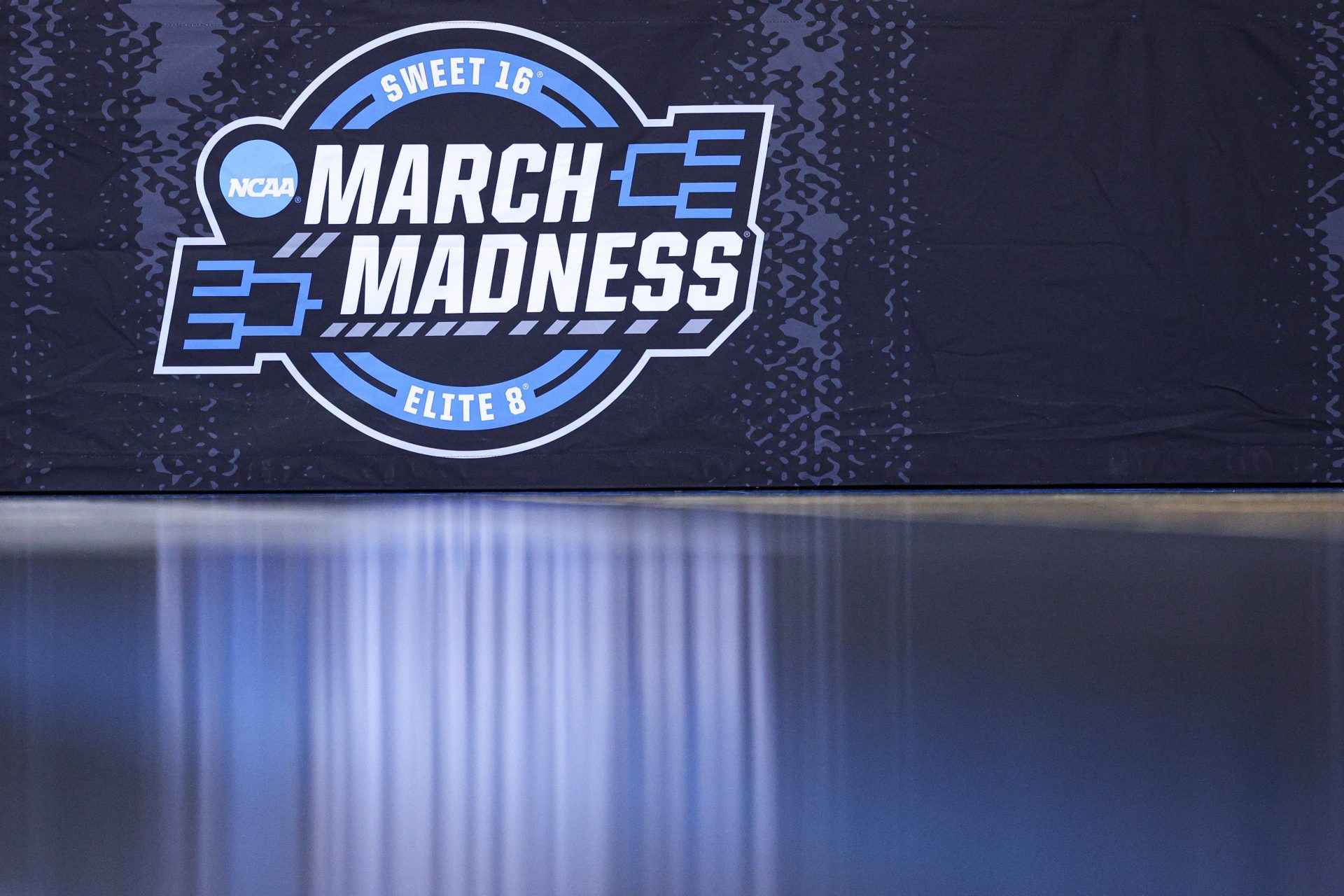Until last week, it was widely anticipated that the NCAA would announce a decision on expansion for future renewals of March Madness for both men’s and women’s basketball. When the news first popped up, it had sparked sentiments of discontent, especially among fans of college basketball afraid it would weaken the tournament and college basketball overall. But the NCAA has now arrived to a decision against such an expansion for March Madness 2026.
On Monday, NCAA’s Dan Gavitt announced that the NCAA Tournament expansion is off the table for the 2026 season. However, talks might resume for seasons 2027 and beyond, should there be any consideration for such initiatives to happen for March Madness. Gavitt said in his statement:
“Expanding the tournament fields is no longer being contemplated for the 2026 men’s and women’s basketball championships. However, the committees will continue conversations on whether to recommend expanding to 72 or 76 teams in advance of the 2027 championships.”
Earlier during the Big 12’s spring meetings in May, NCAA president Charlie Baker had informed that the goal was to expand the tournament ‘next year,’ if the committee arrived at such a decision. He also confirmed how a 72 or 76 team bracket was considered amongst options. But that clearly didn’t seem the case, amid fan backlashes and general sentiment being against such a decision.
BREAKING: The NCAA voted NOT to expand March Madness past 68 teams for the 2025-2026 season👀https://t.co/vMsojoMS3G pic.twitter.com/D6QoZh4tOu
— On3 (@On3sports) August 4, 2025
SEC commissioner Greg Sankey also said that the idea of expanding the NCAA Tournament did not come up during the SEC’s spring meetings this year. Though the idea found a brief mention, Sankey confirmed that things ‘didn’t really go anywhere.’
Currently, the NCAA follows a 68-team format adopted in 2011. Earlier, the format remained unchanged since 1985, when the NCAA expanded from 64 teams. Before that, the tournament size varied from as little as 8 to as many as 53.
In the decades before, the tournament was restricted only to conference champions until large bids for further expansion came in 1975. Even then, teams weren’t fully seeded until 1979.
Does expanding the NCAA Tournament actually hold up?
The idea of expanding the NCAA tourney further since 2011 lies on a rather common misconception. The misguided claim talks about ‘access’ for more schools, especially since Division I was much smaller when it expanded to 64 teams in 1985. But here’s where the rationale becomes flawed.
The size of the Division I is never a matter of concern because it does not matter if there are 100 or 1000 schools participating. The quintessential element of the current bracket of teams participating is what holds the pristine nature of March Madness as a jewel of American sports. Ever since the expansion to more teams, the tourney has not been able to produce a team worth of discussion, say for like Magic Johnson’s Michigan State.
In a way, such expansion would heavily tilt the tourney to the power conferences, leaving the Pac-12 to die a slow death. But could this even be a resurgence of the tourney to be a more competitive space in college hoops? That’s a debate we can hold only when we measure all possibilities for the future.
College Sports Network has you covered with the latest news, analysis, insights, and trending stories in football, basketball, and more!


